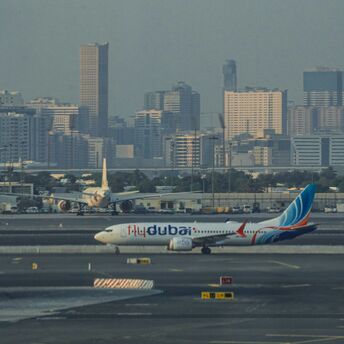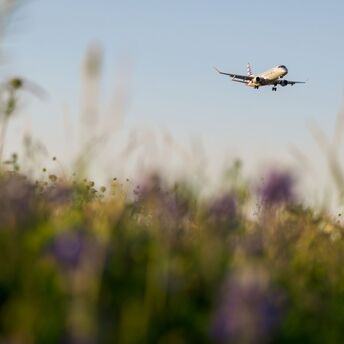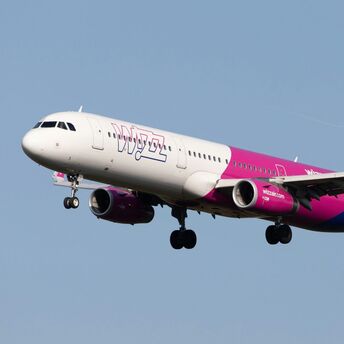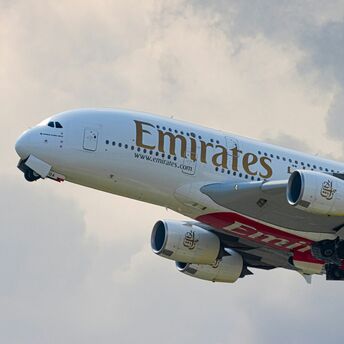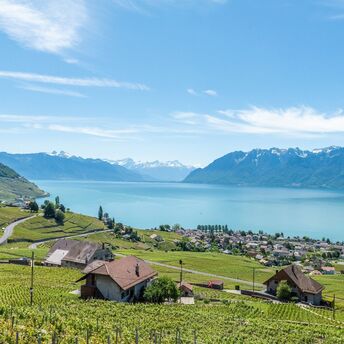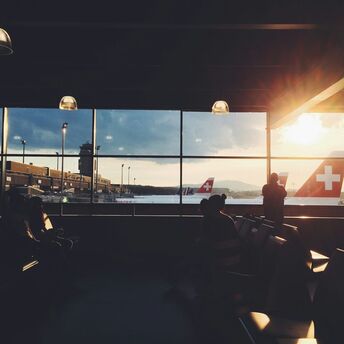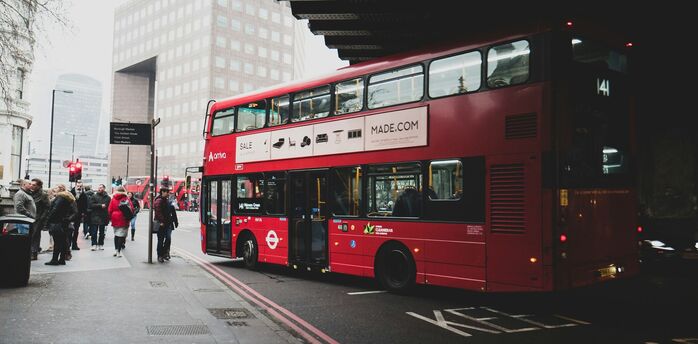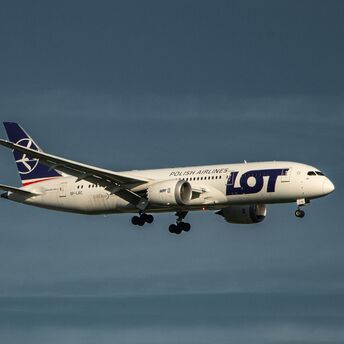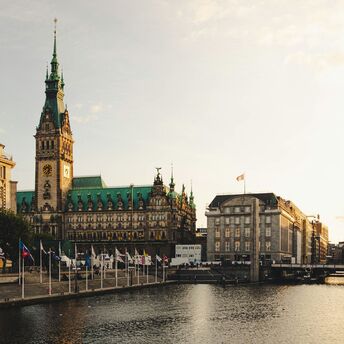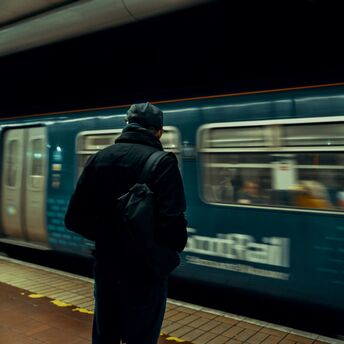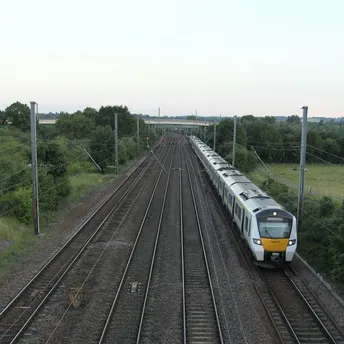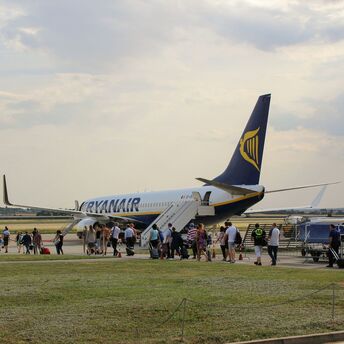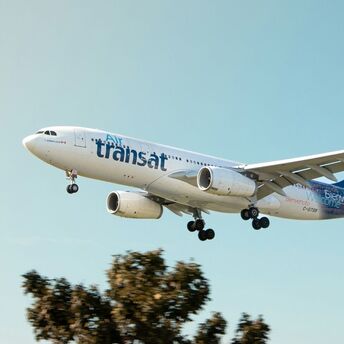Central Turin Gains New Accommodation Option in Historic Setting
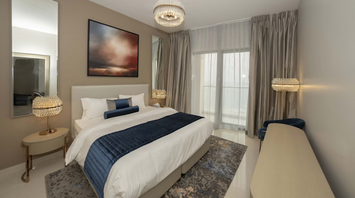
In central Turin, an old building from the 1950s has been given a new life and turned into a hotel with over 170 rooms, offering visitors a fresh place to stay right in the middle of the city. Just a short walk from Porta Nuova station and several public transit lines, the hotel sits right in the old part of Turin, where many of the city’s main streets and squares connect like pieces of a puzzle.
The opening is part of a broader trend of larger hotel groups establishing a presence in mid-sized Italian cities. In Turin, where many places to stay are small and family-run, this new spot offers a different setup but still blends into how the area looks and moves. It also shows that more travellers want places to stay that are easy to reach and modern inside, without changing the look or feel of the area around them.

The building, originally completed in 1953 in a rationalist architectural style, now functions as a hotel with 175 rooms, including 36 suites. Inside, guests will find a covered pool, a gym area, and a quiet courtyard for open-air rest. Wellness spaces are also available for treatments and relaxation. A restaurant on site serves meals using local ingredients alongside influences from other cuisines. The hotel includes two large entrance halls and eleven rooms designed for meetings or private gatherings.
Visitors staying nearby can explore Parco del Valentino, a public riverside park with tree-lined paths and views across the Po River. The park also includes a small medieval village built for historical exhibitions. Close by is Via Lagrange, a street where cars aren’t allowed and people come to walk, browse shop windows, sip coffee, or stop into local bookshops and clothing stores that reflect the everyday rhythm of the city.

Right in the heart of town, the hotel puts shops, streets and trams within easy reach, so visitors don’t have to go far to get around. For travellers visiting the city on short stays or relying on public transport, the new accommodation option may reduce the need for extensive planning and allow for a more direct experience of the surrounding urban environment.



